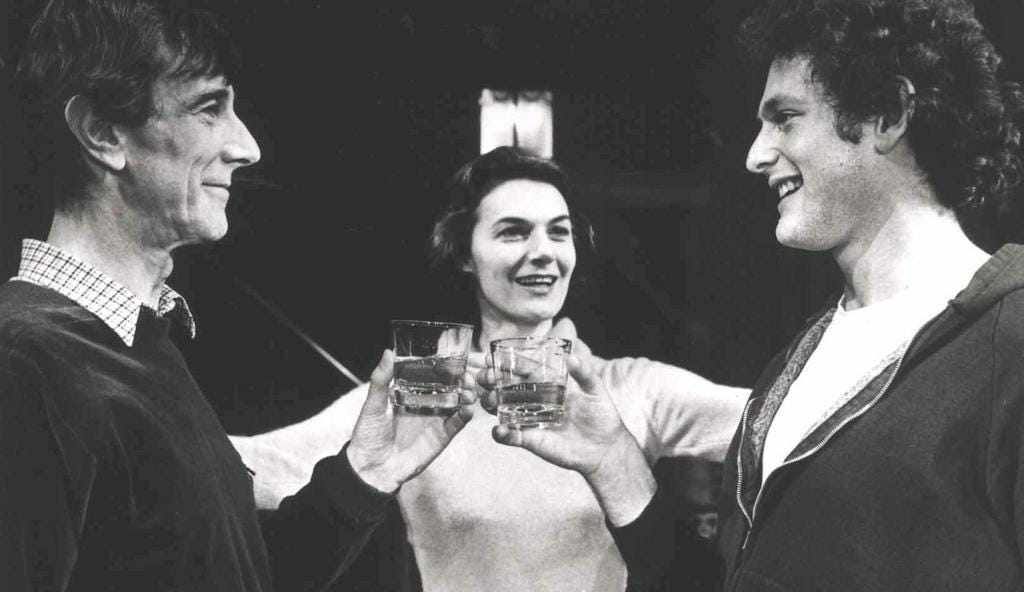
August 13, 2025: Theatre Yesterday and Today, by Ron Fassler.
On this date forty-four years ago, Ira Levin’s Deathtrap played its 1,445th performance on Broadway, breaking the previously held record of Joseph Kesserling’s Arsenic and Old Lace as the longest running thriller. It can probably be debated whether Kesserling’s comedy is really a thriller, but Deathtrap was the real deal, prompting screams from the audience with its consistent shocks, twists and turns. It eventually ran for 1,793 performances, closing more than four years after it opened. In all that time, the only other straight play to run longer is Harry Potter and the Cursed Child, which was two plays then one, then Covid hit ... I’ll leave it to someone better at math to figure out just how many performances it’s had. In any event, what Deathtrap achieved was really something, especially when you consider that plays in general no longer have the staying power on Broadway they once enjoyed, replaced almost entirely by musicals.
Deathtrap starred the British favorite John Wood (then a recent Tony Award winner for Tom Stoppard’s Travesties), Victor Garber, in what was the first time he originated a part in a play on Broadway (with many more to come over the years), and Marian Seldes, a veteran mainstay of the New York stage since her debut in 1947. In fact, Seldes had just come off a long run in Peter Shaffer’s Equus, which she remained with its entire three years. Subsequently, she was to stay with Deathtrap for all of its four years — never missing one of its 1,793 performances, eventually landing her in the Guinness Book of World Records.
No such runs for thrillers since; a genre that was once a Broadway staple in the 1950s with big hits like Maxwell Anderson’s The Bad Seed, Frederick Knott’s Dial “M” for Murder, and Agatha Christie’s Witness for the Prosecution. And nine years prior to Deathtrap, Robert Marasco’s Child’s Play (as scary as anything I’ve ever experienced in a theatre) was a crowd pleaser that won five Tonys which, at the time, tied Death of a Salesman as the most awarded to any straight play. Child’s Play was followed a year later by Anthony Schaffer’s Sleuth—a smash—winning the 1970 Best Play Tony and running three years. Logically, producers sought to capitalize on its success, but nothing caught on. A series of follow-up attempts failed miserably: Voices (1972) with Richard Kiley and Julie Harris ran a week and Gwen Verdon in Children! Children! (also 1972) ran only one night. Even Ira Levin had a prior misfire at mystery in 1973 at the very same theatre as his Deathtrap (the Music Box) with Veronica’s Room. Others came and went, all of which turned out scarier for producers than audiences. That is until Deathtrap came along, which delighted everyone.
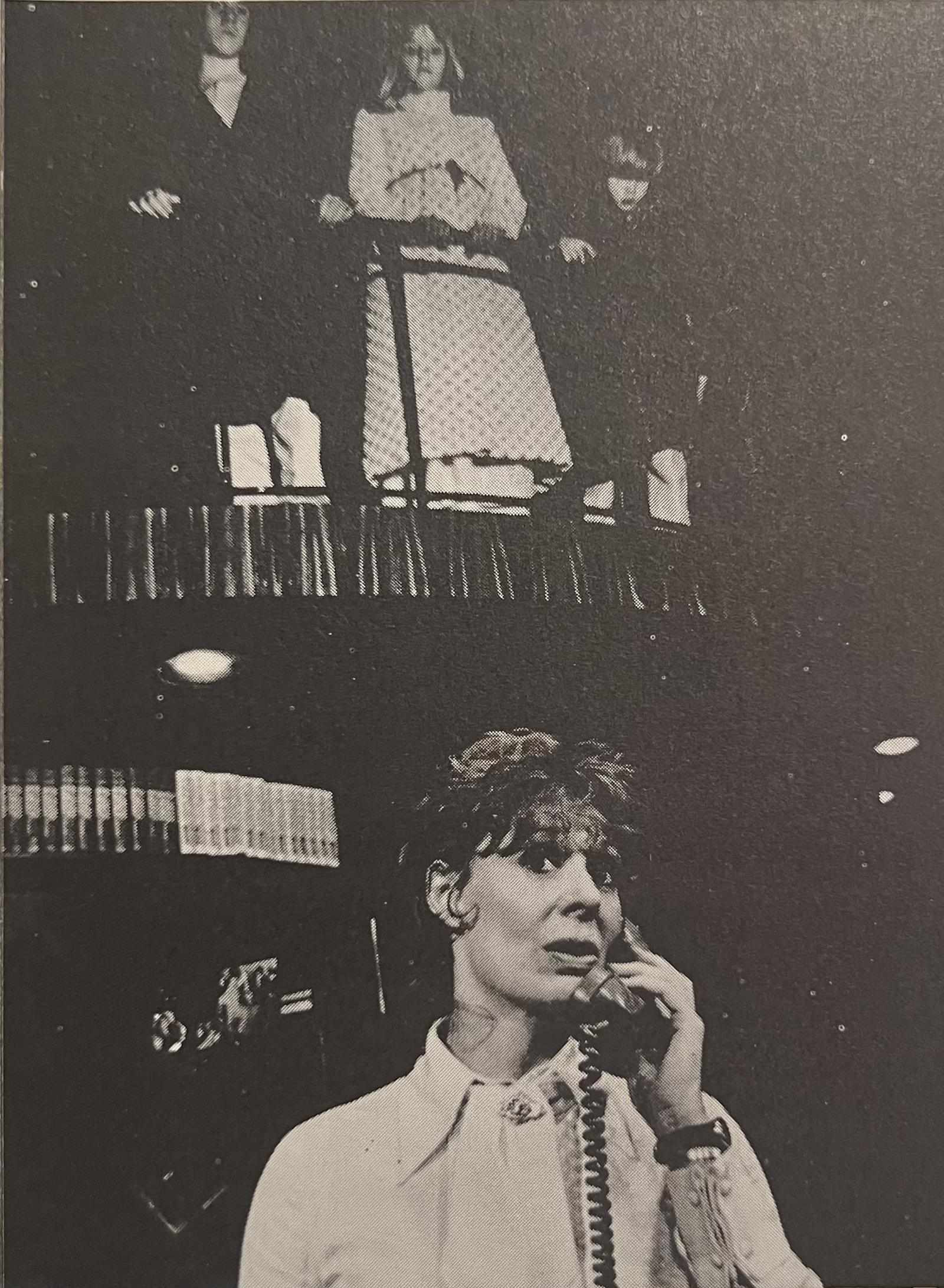
Since its closing in 1982, there have been attempts to resuscitate the thriller, but they all ended in quick death. Plays like Whodunnit (1982), Corpse! (1986): Accomplice (1990) and Solitary Confinement (1992) all came to untimely ends. Even Stephen Sondheim, who loved the genre with every fiber in his being, failed when he paired up in 1996 with George Furth (book writer of Company and Merrily We Roll Along) on Getting Away with Murder. It sputtered out after seventeen performances, only one more than Merrily.
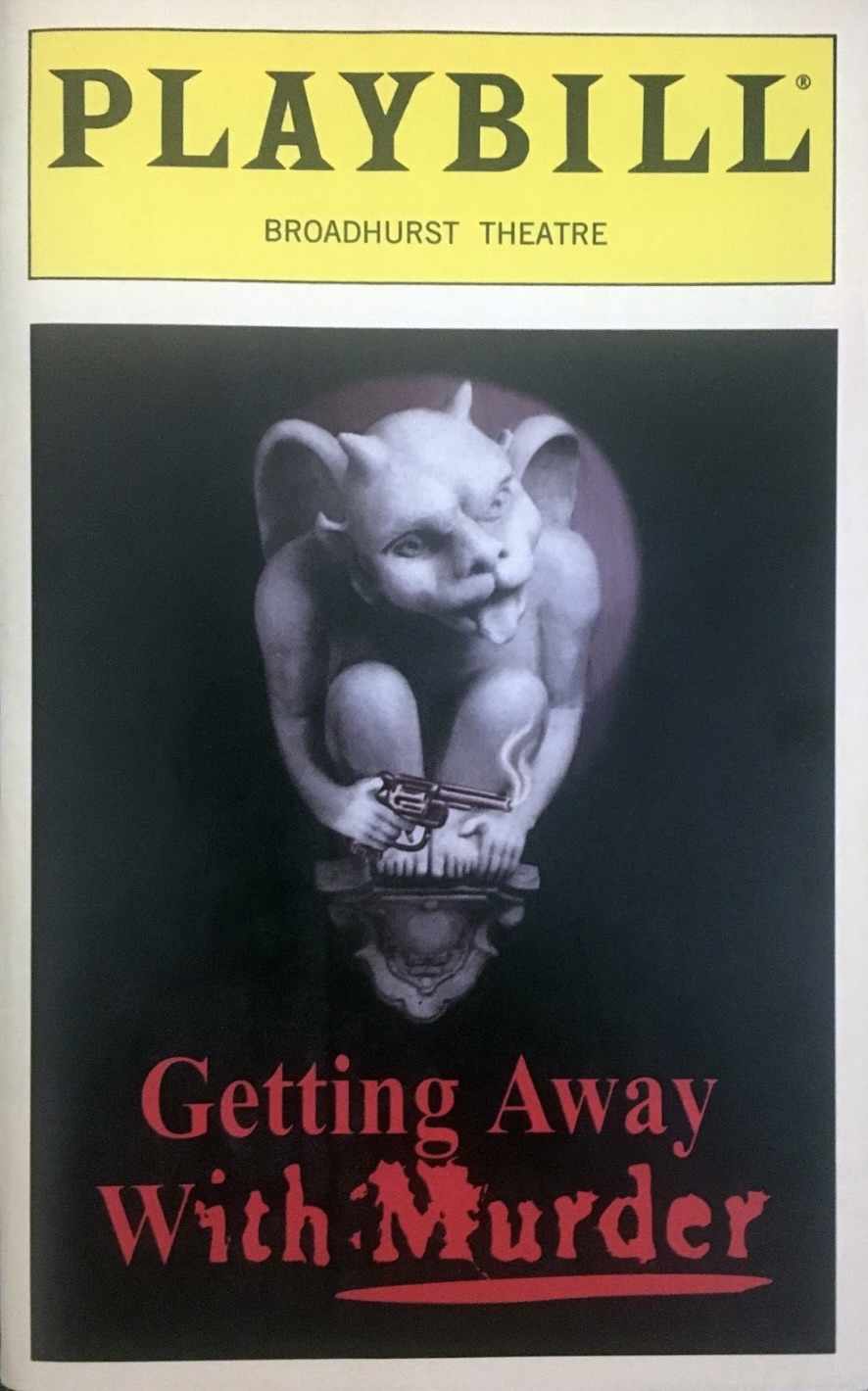
Perhaps the art of keeping people in suspense in a theatre is a dying breed? Yes, Stranger Things, though more horror than thriller, is currently running both on Broadway and in London. The critical consensus is that it’s more a spectacle than a play (which I won't argue with). Consider that it’s $40 million budget (with one investor: Netflix) is whole lot higher than Deathtrap, a one-set play with five characters. Cheap as it is to produce, you would think that it would have had a revival by now, especially it being so attractive to actors. It always landed name actors to play the lead role of Sidney Bruhl once John Wood left; first by John Cullum, then Stacy Keach, Robert Reed, and Farley Granger. The 1982 movie had Michael Caine as Sidney (opposite Christopher Reeve at the height of his Superman fame) and though directed by the usually capable Sidney Lumet, it didn’t receive anywhere near the recognition or acclaim the play did. What worked like gangbusters on stage fell flat on film.
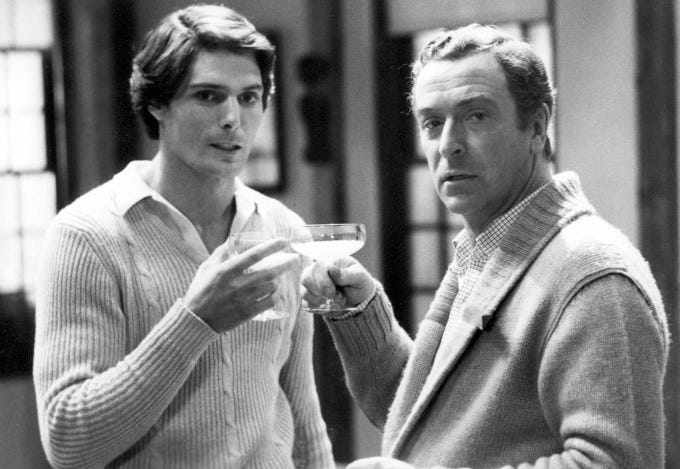
It should be noted that the Broadway production was helmed by Robert Moore, which garnered him one of his five Tony nominations for Best Director. Sadly, he died in 1984, one of the many indispensable men of the theatre who succumbed to AIDS.
It’s my guess that producers don’t want to risk something that might feel tired or worse, that dreaded word “dated.” Perhaps what was once shocking in 1978 just isn’t that shocking in 2025, considering how explicit violence is in print, in film and on stage—not to mention in the real world itself. Perhaps going to the theatre to be scared is something that most people aren’t willing to spend $200 for a ticket. A 2010 London production, that starred the eminent classical actor Simon Russell Beale and Jonathan Groff was dismissed with a final comment from Michael Billington, the longtime British critic in The Guardian, as being representative of “a once-flourishing but exhausted genre.”
Though reviled by critics, Misery — William Goldman’s 2015 adaptation of his classic novel and screenplay — did manage to end its limited run in the black due to the star power of Bruce Willis in his Broadway debut. I saw it, and it failed completely to draw any real suspense, save for the usual terrific performance from Laurie Metcalf in the role which won Kathy Bates her Oscar. Of course, there has been one prominent success in the years since Deathtrap that I haven’t mentioned, though it’s been playing Off-Broadway and not on. Warren Manzi’s Perfect Crime first opened in 1987 and quite surprisingly has never left the scene. Although moderately received by critics (and that’s putting it mildly), it somehow has attracted a tourist trade for the past thirty years, clocking in with its 15,000th performance last December. It has taken a lot of clever producing to get to this milestone, but Perfect Crime has only played in houses that seat less than two hundred people (nine of them, folks). Phantom of the Opera “only” managed 13,981 filling most of its 1,645 seats every night.
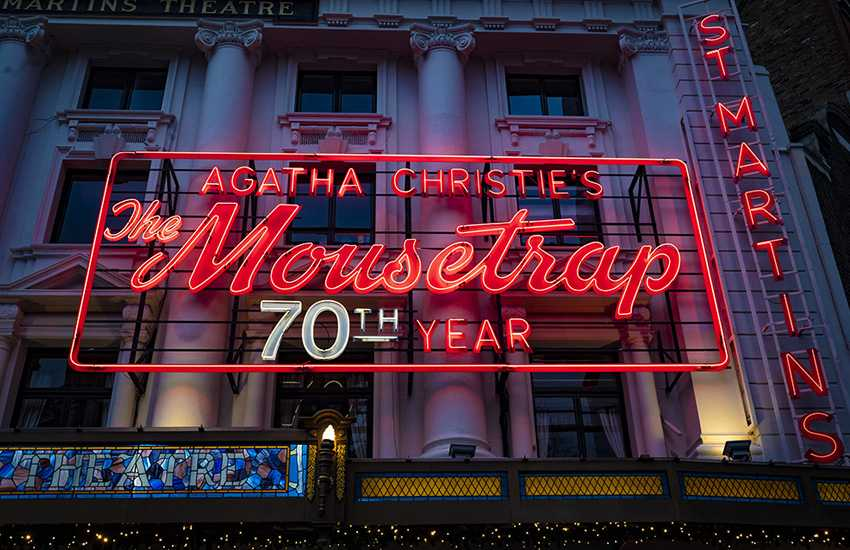
Of course, I have left out an entire country where mystery plays continue to thrive. London's West End has hosted Agatha Christie’s adaptation of The Mousetrap, based on a short radio play she wrote which aired in 1930, since it first opened in 1952. That makes for 73 years and the longest long-term engagement of any play in the entire world.
And why has it run so long? And why has it never been produced on Broadway?
Well . . . it’s a mystery. 😉
Ron Fassler is the author of the recently published The Show Goes On: Broadway Hirings, Firings and Replacements. For news and "Theatre Yesterday and Today" columns when they break, please hit the FOLLOW button.

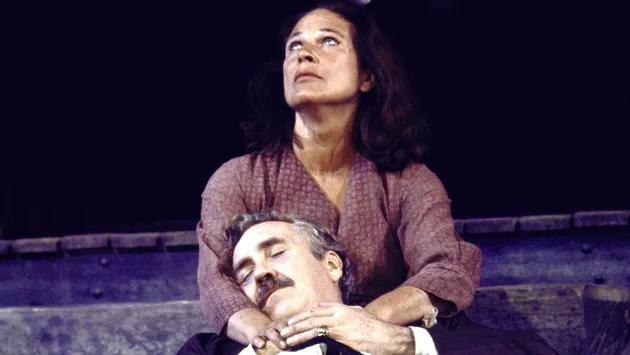


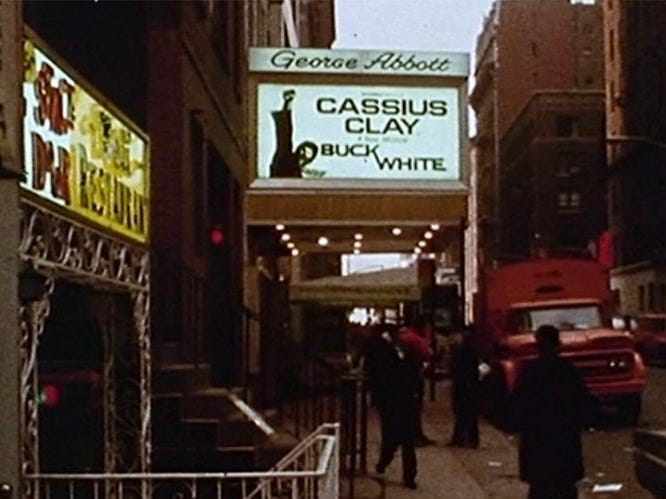

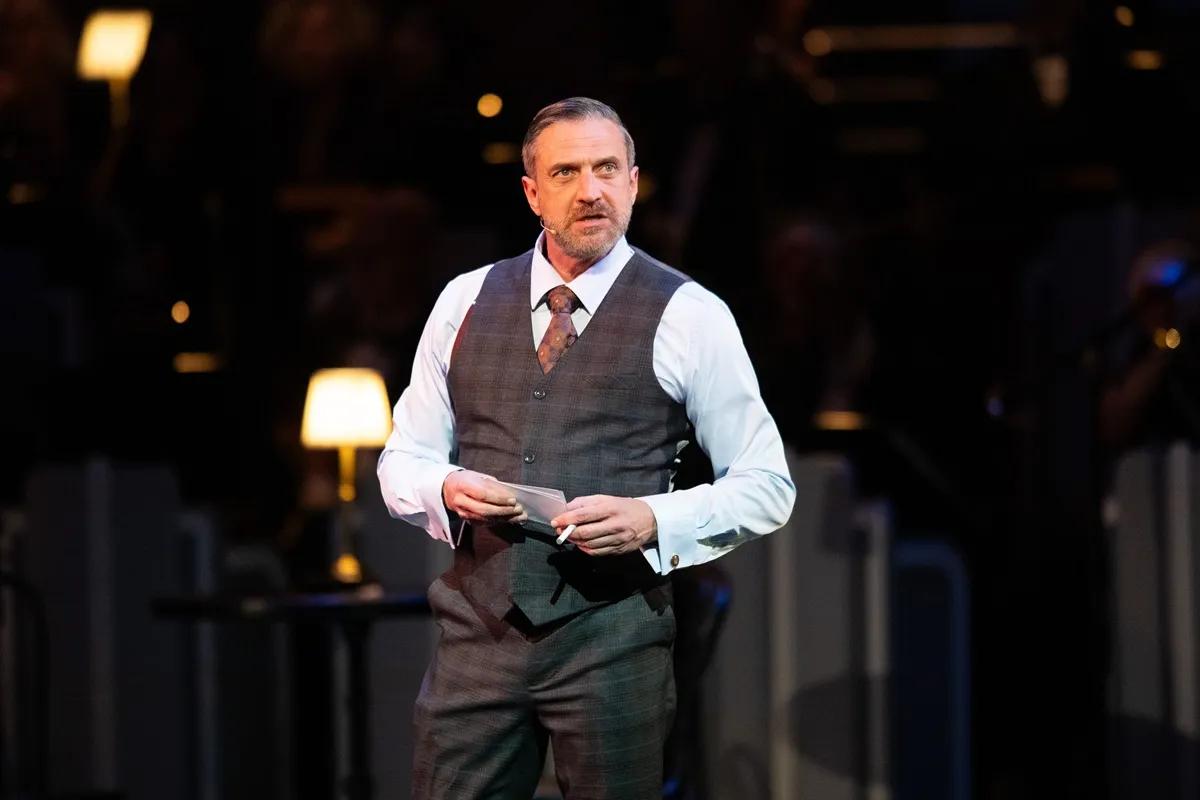

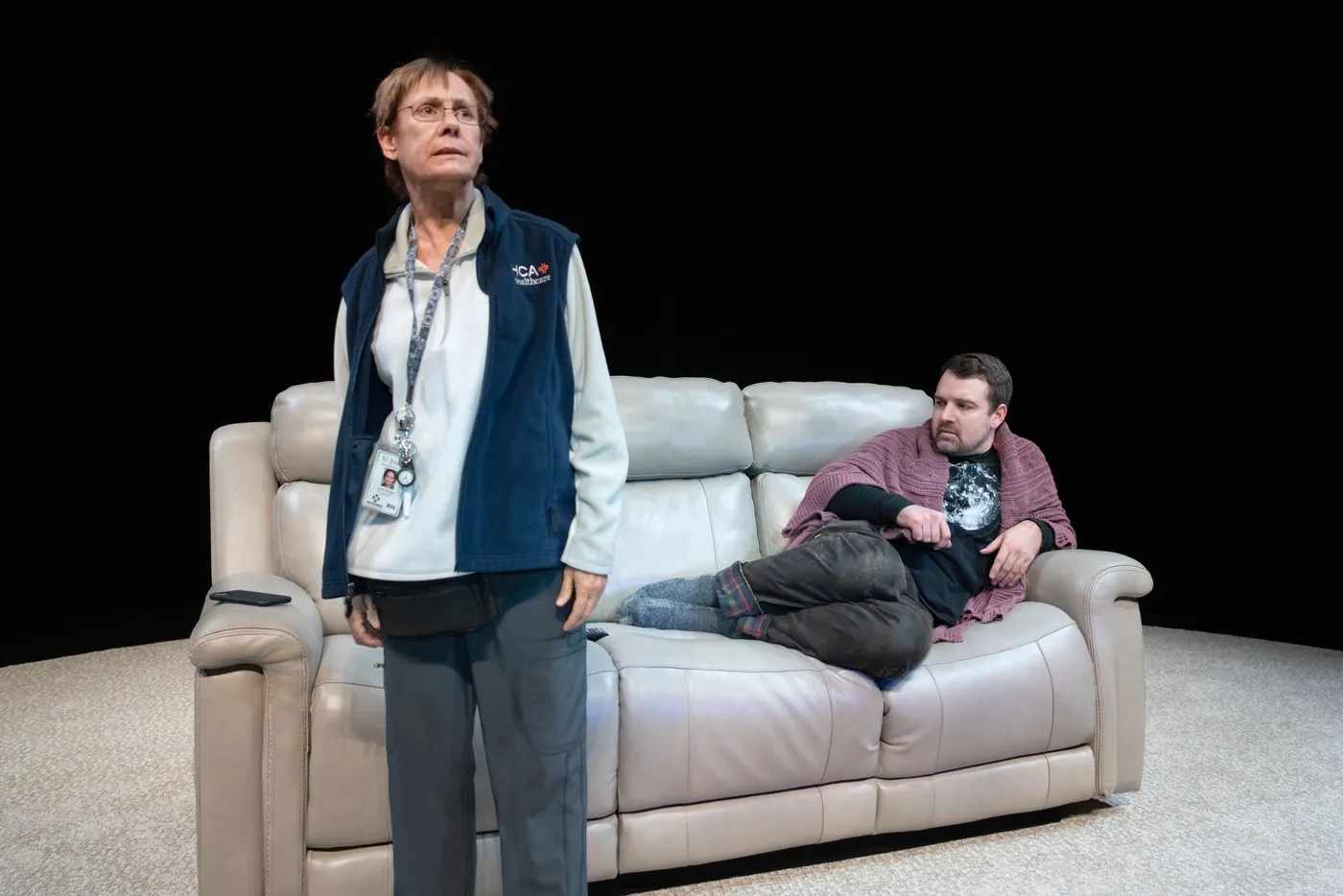
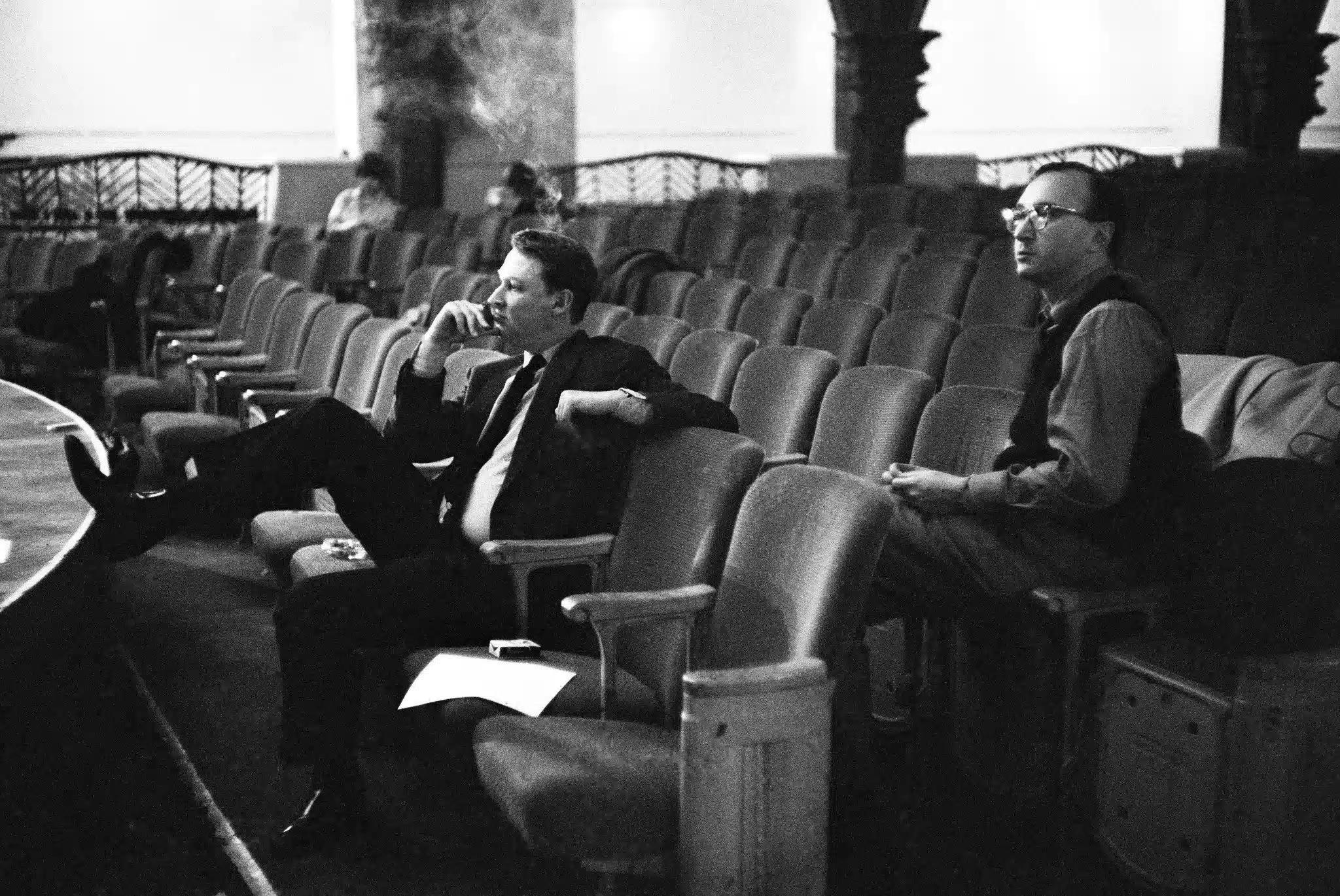
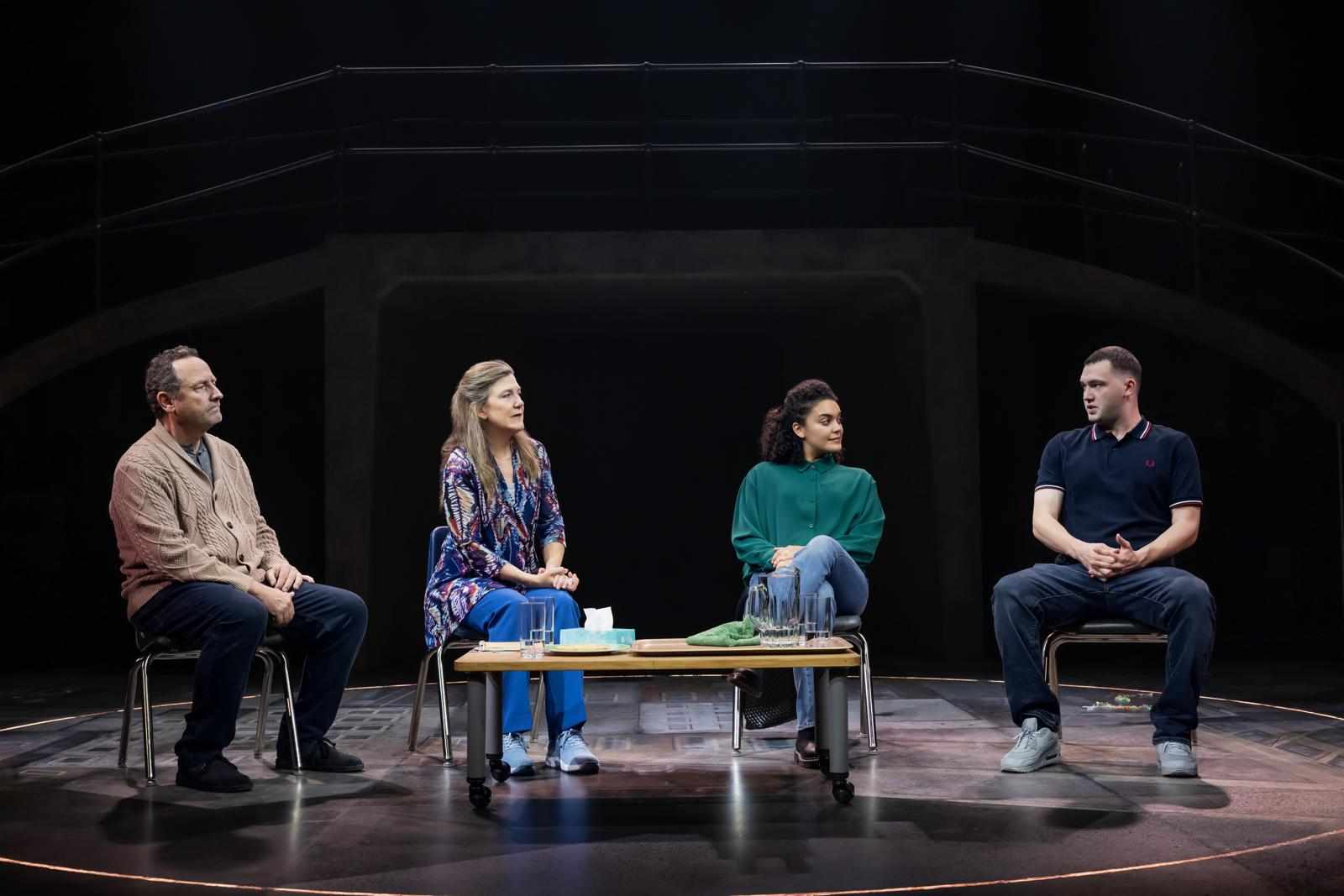
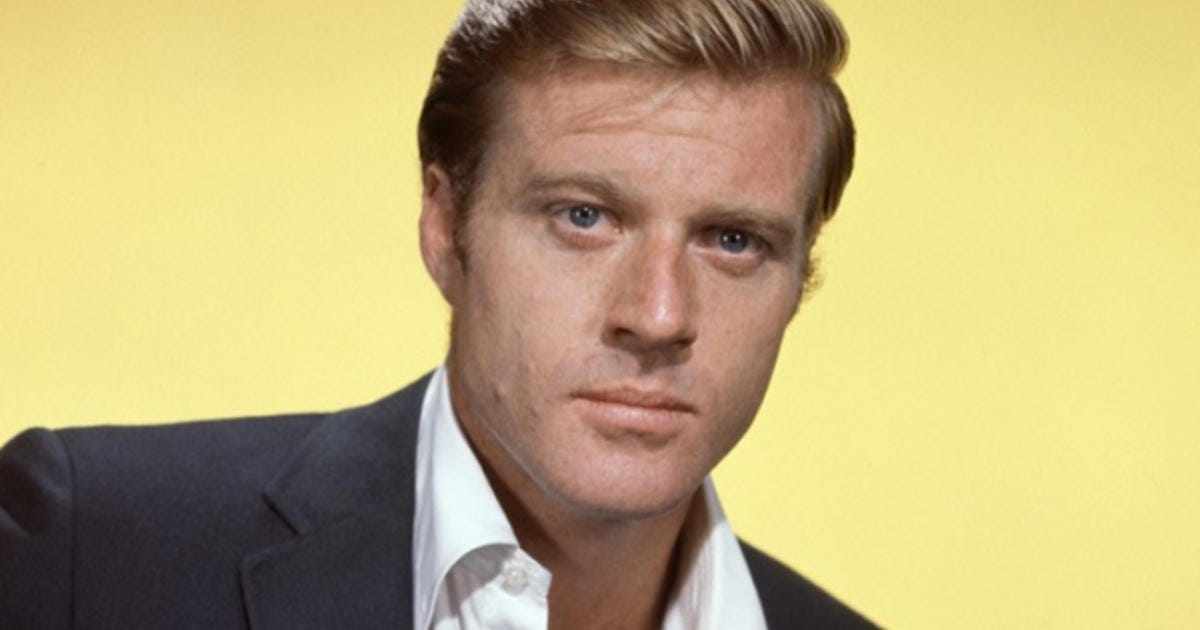
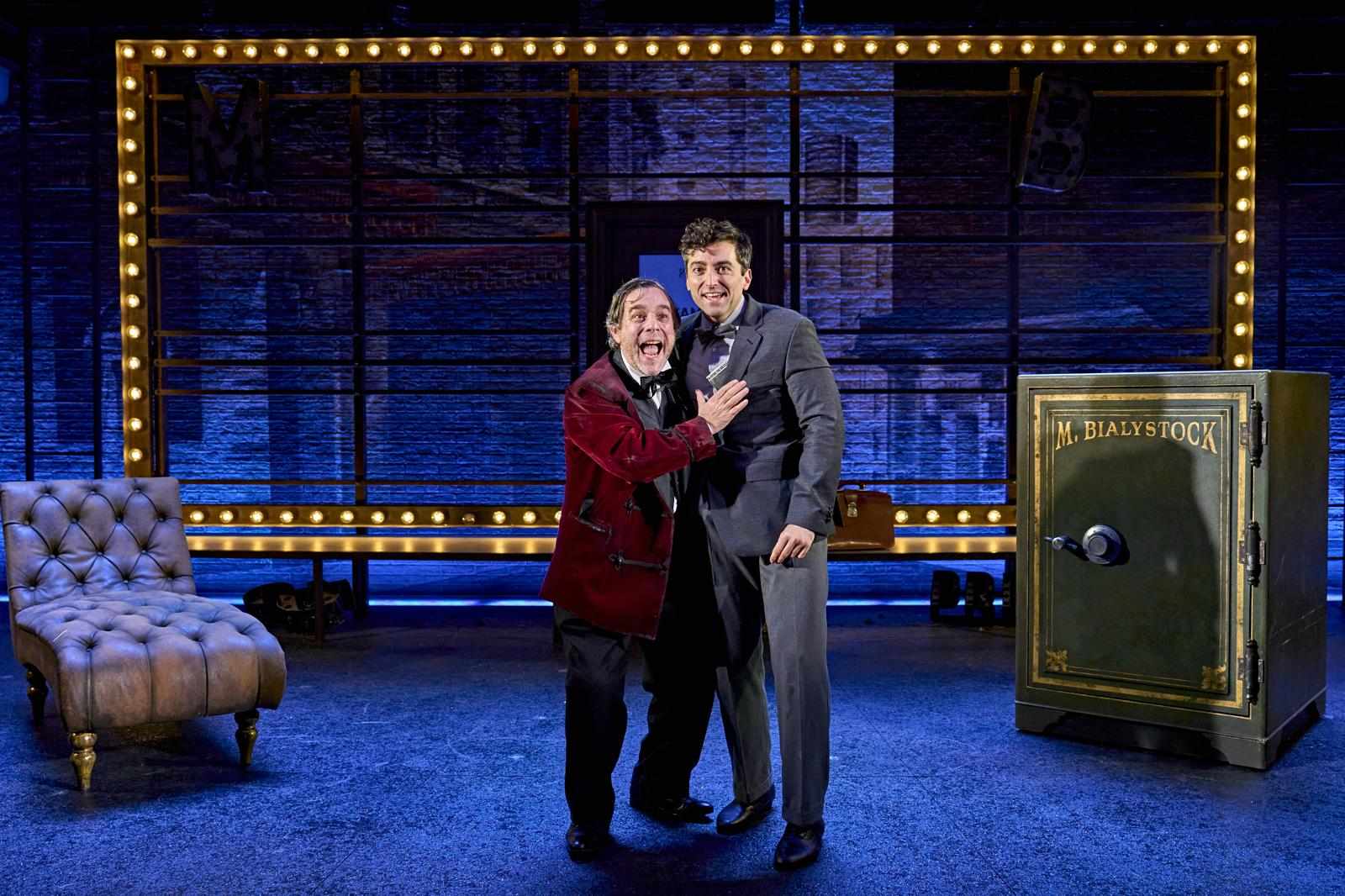
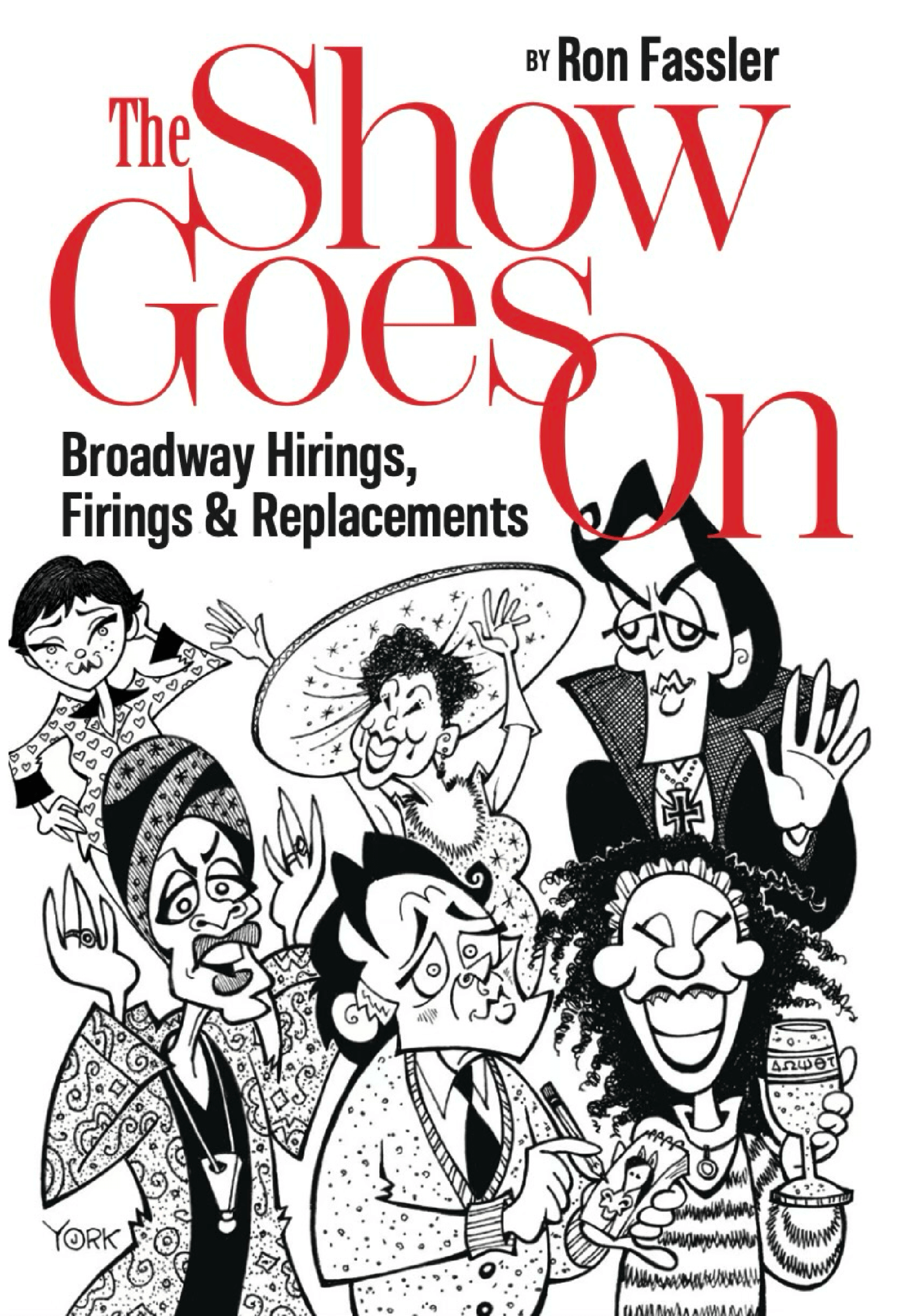
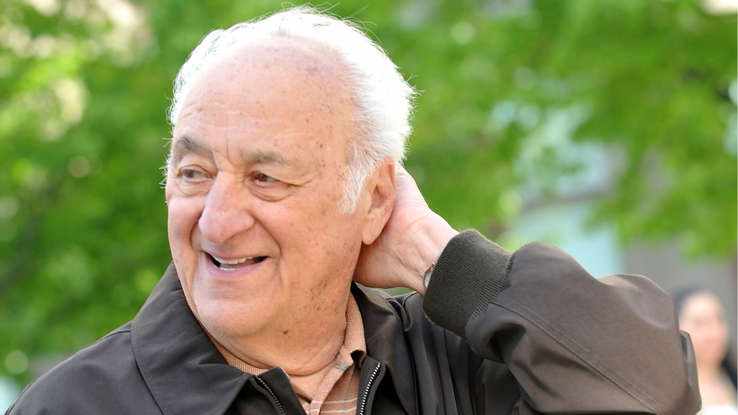





Write a comment ...